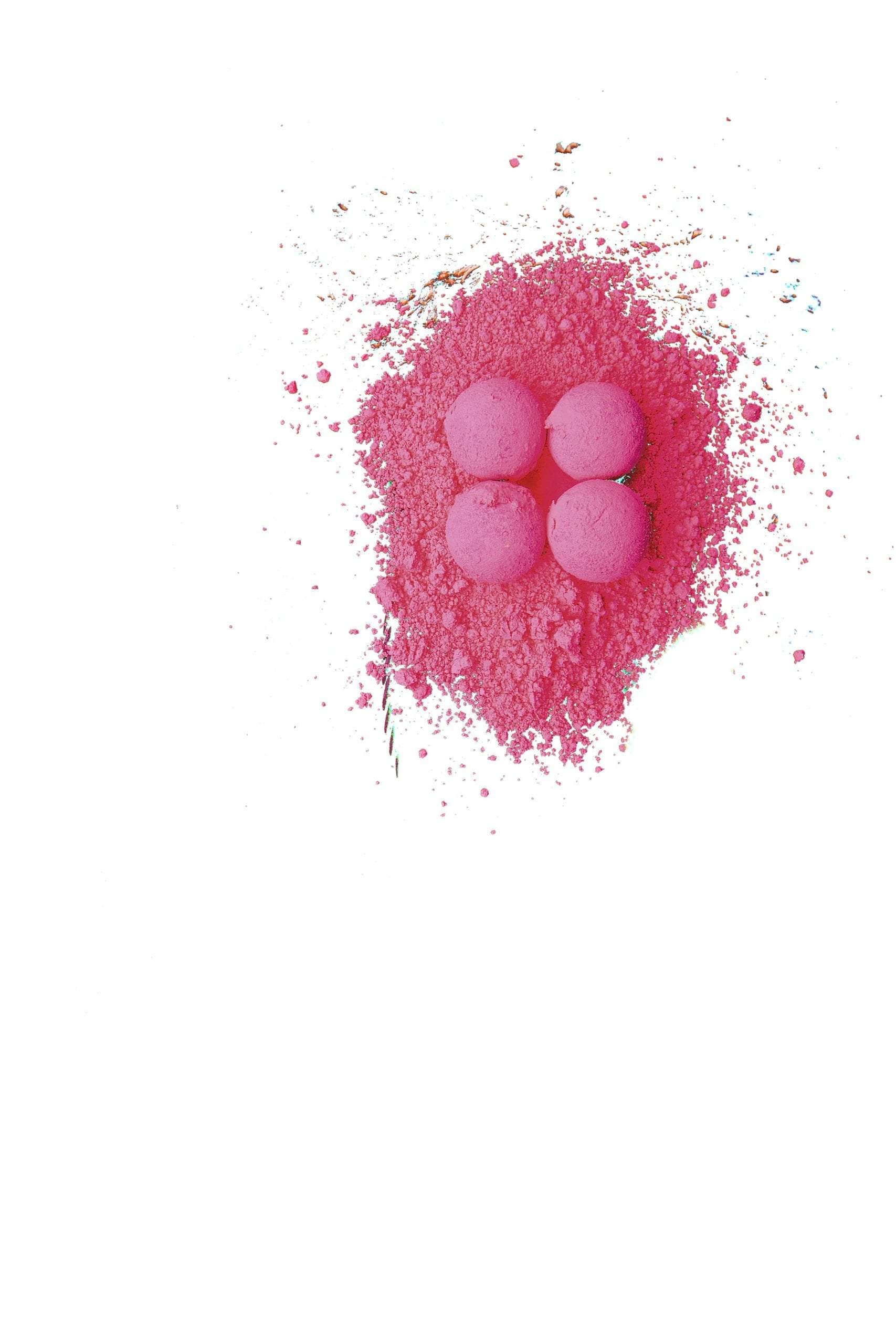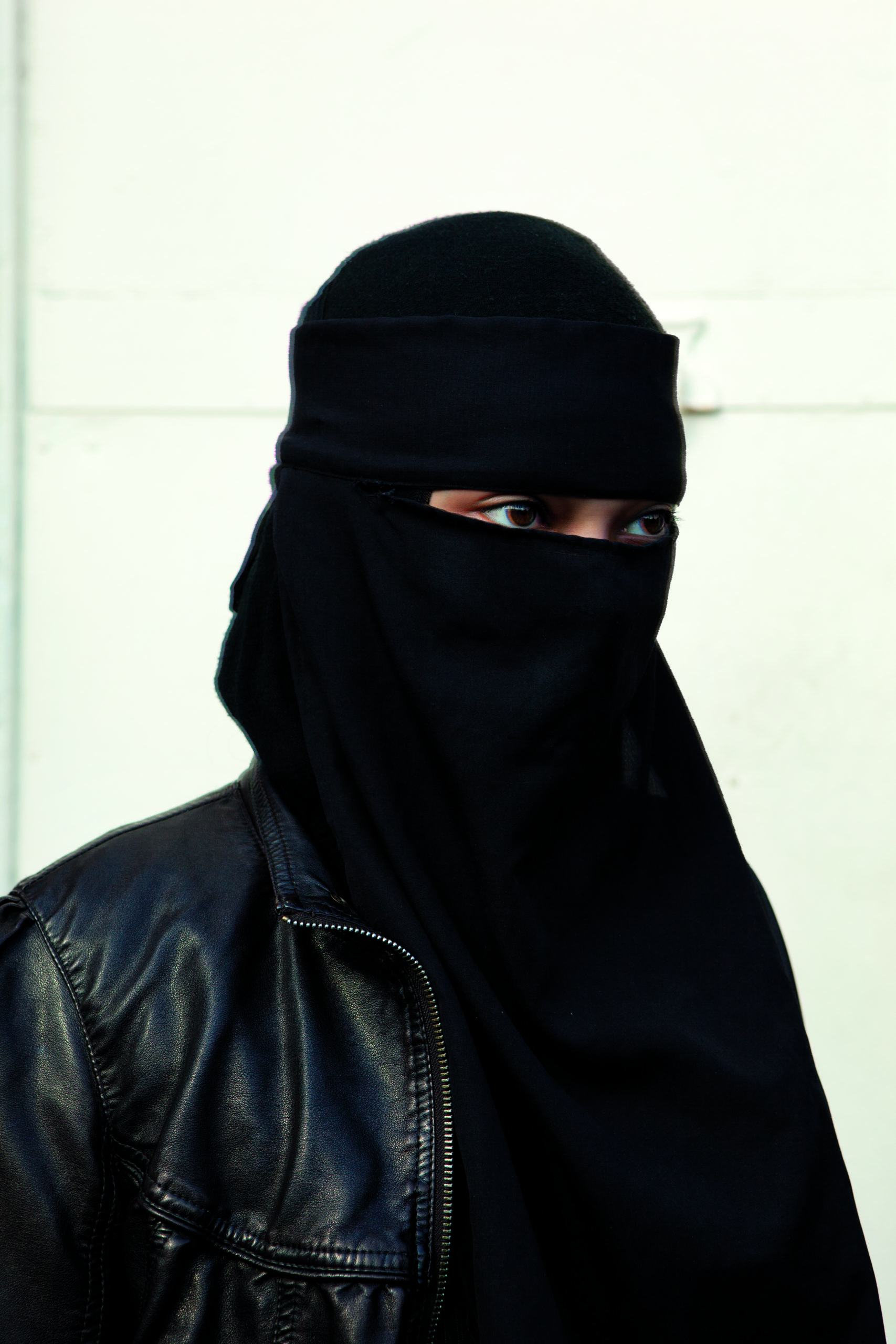Dalston’s Ridley Road Market is an East London institution, but to a newcomer it can feel like an overwhelming assault of sights, sounds and smells. At once thrillingly vibrant yet strangely anachronistic, the market is the sort of place where you’re as likely to pick up a goat’s head or a Giant African land snail as you are hair extensions or an international phone card.
It has been a focal point for the area’s diverse demographic since the 1880s, and apparently inspired the fictional market in BBC1’s Eastenders. Yet in recent years gentrification has laid claim to much of the surrounding area, threatening the delicate balance of this microcosm of East London life.
That this complex and captivating social nexus might be lost for future generations has been one of the main motivations for photographer and local resident Lorenzo Vitturi, putting his successful advertising career on hold for a year in order to explore it more thoroughly.
“I wanted to do a project before gentrification completely transformed the area,” he explains. “Even while working in advertising, I’ve always tried to use my own visions as a medium of communication for all sorts of ideas. Last year, I just felt a personal need to direct all my energies for a long period of time to the mise-en-scène of all those visions that had been appearing to my eyes across the past few years living by the market. I had no idea where this could take me.”
Although Vitturi’s research for what would become Dalston Anatomy began with regular visits to the market, this was never going to be an ordinary documentary project. The 33-year-old Italian is a former cinema set painter who has since become accustomed to art-directing shoots for clients as diverse as BMW and Rome’s Palladium Theatre, so trying to make visual sense of the bustling market environment came naturally to him.
“Finding a subject so close to my studio allowed me to use the street as a sort of set, while filling my studio with objects that came from the street: a perfect combination to play on the boundary between illusion and reality.”
Going out in the field, studying behaviour and bringing home objects for further investigation in this way suggests an anthropological and almost scientific approach to his subject, an analogy that Vitturi is happy to run with.
“To understand the title of this project, you have to imagine the market, its products and its people like a whole single body, which I dissect using the camera as a surgeon’s knife and my studio as a laboratory,” he says. “During the ‘anatomy’ process, I selected the elements or fragments that I thought were more interesting, exclusively in terms of their shape or colour.
“Following their selection I brought all these fragments in my studio and I mixed them all together, a sort of promiscuous game where sculpture, collage and painting melt together. I recreated a series of new anatomies, whose features only exist in my own visionary world.”
These anatomies largely fall into one of three categories. The first two are comparatively straightforward, being either photographic portraits of characters or appealing textures and objects that Vitturi happened across on his many visits. Occasionally, prints of these photos are then embellished back in the studio with a crumble of coloured pigment or another found object to distort a key element of the image, before being photographed again.
The third category is perhaps the most intriguing, however, as Vitturi creates and photographs a series of temporary and rather precarious looking sculptures, made from a selection of market produce that is often past its best.
“They don’t last more than a few minutes or hours,” he says of the raw materials, “so the final photograph becomes the only way to see the sculptures.” That idea ties in nicely with what Vitturi sees as the central themes of Dalston Anatomy — namely, “the ephemerality and transience of life”.
Nevertheless, while many of the images in the series are striking as standalone photographs, he has said that the market has revealed its own “order and harmony” to him on a daily basis, and was always keen to edit his images into a sequence to better understand the “deepest layers” of his intended themes.
After collating the images into a dummy book earlier in the year, the Venice-born photographer recently returned to Italy to finish a more rigorous edit for publication this autumn. “Photobooks are the highest form of photographic art because they are the most complete and complex way of presenting an author’s vision,” he says. “When I see photographers’ books I really understand how they think and how they see the world; for a moment I can see the world through other people’s eyes.”
In order to maintain that clarity of vision, Vitturi paid for the initial development of the book himself and worked with close friend Bruno Ceschel, the founder of Self Publish, Be Happy, to produce a finished version. “Having worked in advertising for a while I perfectly know what it means to compromise your vision,” he says.
For inspiration, he looked in particular at the work of Stephen Gill, as well as Christian Patterson’s award-winning 2011 photobook, Redheaded Peckerwood, based upon the true story of a 1950s Nebraska killing spree.
More so than either of these artists however, Vitturi provides aesthetic as well as thematic links through editing. Curves and shapes in the pictures shot in the market are echoed in the studio-based sculpture, while bright primary or secondary colours repeat across adjacent pages.
Colour is a fundamental element of the project; Vitturi seeing it as a more immediate way of capturing the attention of the audience and encouraging them to engage with his ideas.
“My aim was to communicate mainly with the emotional side of the spectator rather than the rational one. In other projects that I have done, the conceptual side has overruled the immediacy of the colours, shapes and compositions, but with Dalston Anatomy I managed to get it closer in nature to an art-form like music where form and content are one.”
With the book set to launch at the NY Art Book Fair in September, more and more people are beginning to respond to this rather unique confluence of elements in Vitturi’s work. Creative director Erik Kessels, an early champion of the Italian’s work (who nominated the dummy copy of Dalston Anatomy for Mack’s First Book Award earlier this year) says, “As a photographer Lorenzo has no limits, as long as the end result is something totally unexpected.”
For Vitturi, such support is important, but he also craves the respect of the people within the market that he photographed. He worked hard to gain the locals’ trust initially, as they were wary of yet another photographer snapping away and leaving without buying anything.
Unlike most, however, Vitturi returned to the market with his work. With the help of the Dalston-based Fishbar Gallery (run by Olivia Arthur and Philipp Ebeling), he staged an exhibition there in May, with large-format prints lining the walls on market days. As Vitturi puts it, “I wanted to bring the work back to the people, to see their reaction and finally close the cycle I opened when I decided to start this project.”
First published in the September 2013 issue


